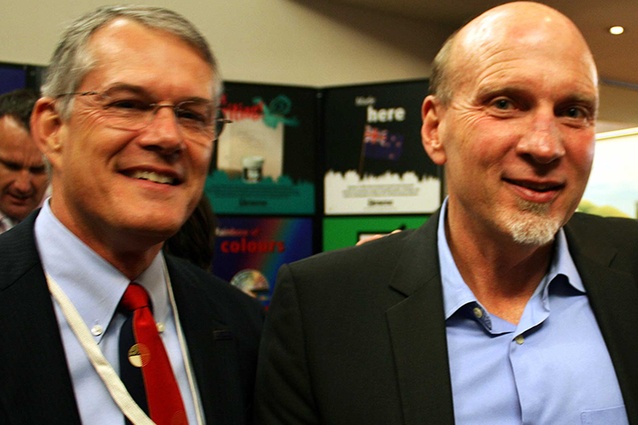Green Property lessons for New Zealand from the USA
This week’s Green Property Summit in Auckland provided an opportunity for speakers to air some neighbourly rivalry over the respective green credentials of west coast states California and Oregon, set within the wider challenge of how to move forward on creating sustainable futures.
In the California corner was David Hobstetter of San Francisco’s KMD Architects, with his prize exhibit being the new headquarters of the SF Public Utilities Commission at 525 Golden Gate. Second up was Oregon’s Wade W. Lange, a champion for Portland’s push for EcoDistricts and in particular the Lloyd EcoDistrict.
Between them their respective states already share the claim to their nation’s greenest cities, across various different rankings, so the rivalry was more about pushing boundaries than being the top dog. The contrast they presented between the sustainability merits of a single building versus an entire district also mirrored a key theme for this year’s Green Property Summit, namely a growing trend towards scaling up green building developments.
Valuably for a New Zealand context, the PUC’s 525 Golden Gate showcases both sustainability – complete with a distinctive wind turbine feature – and seismicity – through innovative use of concrete. Coming in at US$201 million it delivers a wide array of boundary-pushing elements, from the delicacy of its footprint through to in-house wastewater/sewage treatment courtesy of Living Machine technology.
A long-held dream project for Hobstetter, he now describes the 525 building as “an emblem of who PUC are and how they fit into the community. [It] gets people thinking, yes, this is a special place now … and it is having a ripple effect.”
In comparison, the Lloyd EcoDistrict is all about green property at scale. Lange describes it as a whole new animal that does more than just “squish together development and sustainability” by comingling cooperation across the City of Portland.
A native Portlander, Lange is proud his city “took an (early) off-ramp” from conventional thinking, diverting freeway funds to mass transit in the 80s for instance, and gradually working to make the city more and more habitable. On returning to Oregon, Lange’s own challenge within the Lloyd EcoDistrict will be to oversee a development of 637 for-rent market apartments that will ramp up the district’s number of residents. It will also place them within reach of a quality of life known as 20-minute living - a place to “eat, drink, sleep, work, study, play and flirt”. To ride the city’s network of bikeways and to hop on locally manufactured streetcars.
David Hobstetter and Wade Lange aren’t supermen. But taken together, their examples show what it takes to leap tall challenges in a single, determined bound.










